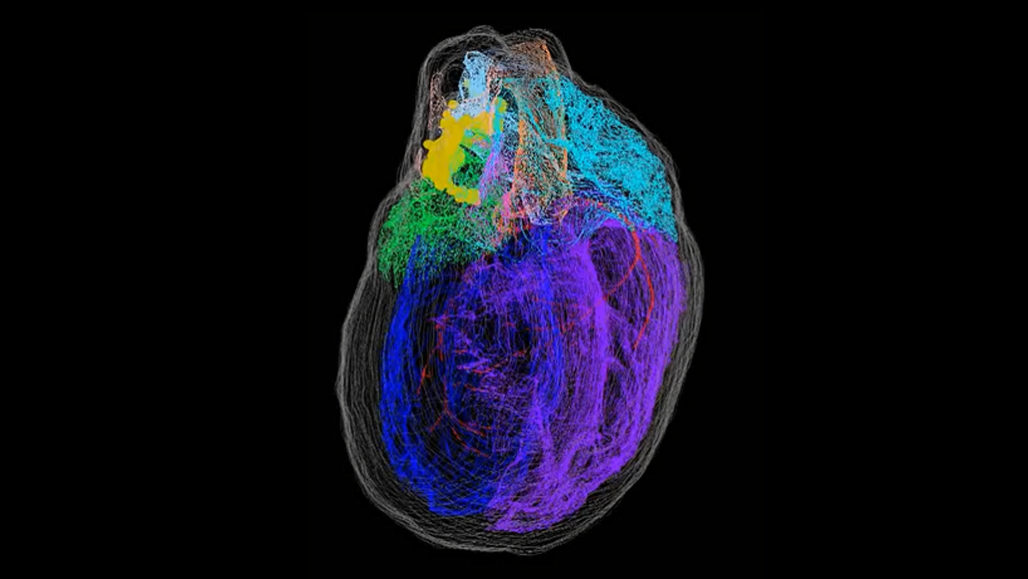
The heart has its own brain. Now, scientists have drawn a detailed map of this little brain, called the intracardiac nervous system, in rat hearts. Nerve cells that make up a heart's brain cluster around the top of this reconstructed rat heart, near where blood vessels enter and exit the organ. Other colors show the contours of distinct heart areas, such as the left atrium , right atrium , left ventricle and right ventricle.
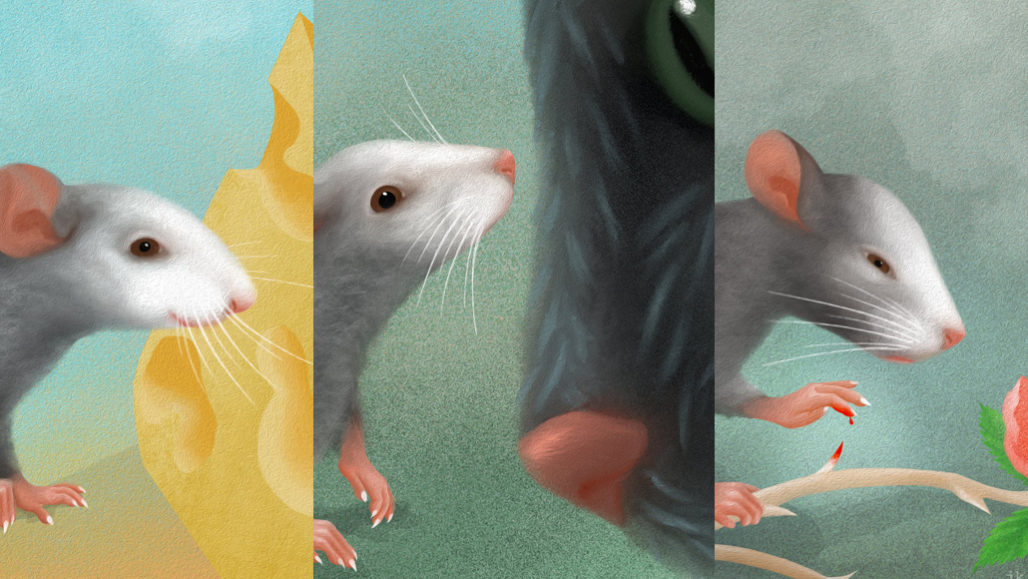
Although it's tricky for us humans to see, mouse feelings are written all over their furry little faces. Subtle movement in ears, whiskers and noses can signal mice's feelings of pleasure, fear and pain, researchers find. J. Kuhl/Max Planck Institute of Neurobiology
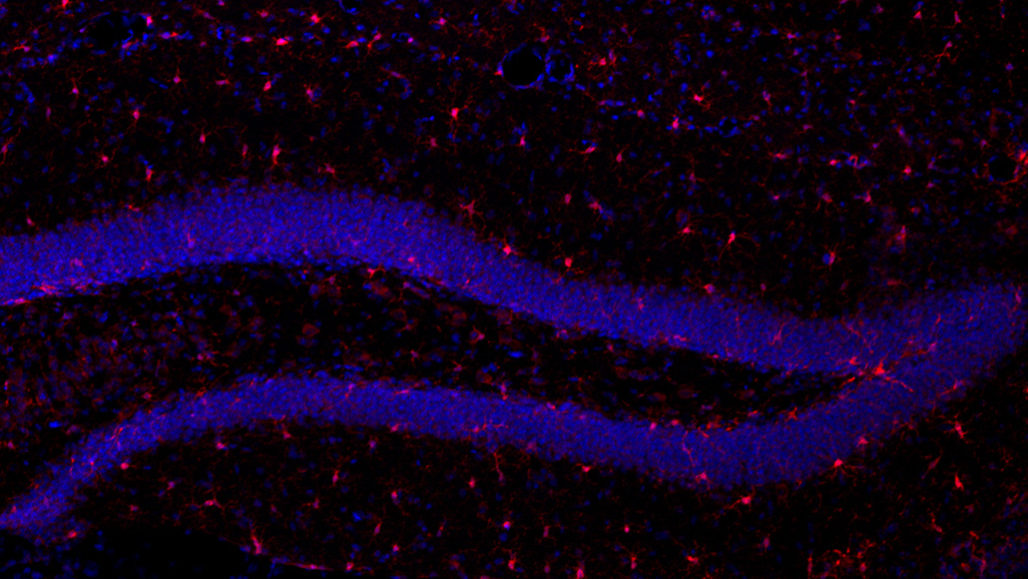
Immune cells in the brain chew up memories, a new study in mice shows. In a mouse's hippocampus, brain cells known as microglia (red) can eliminate connections between nerve cells (blue) that are thought to store some types of memories.
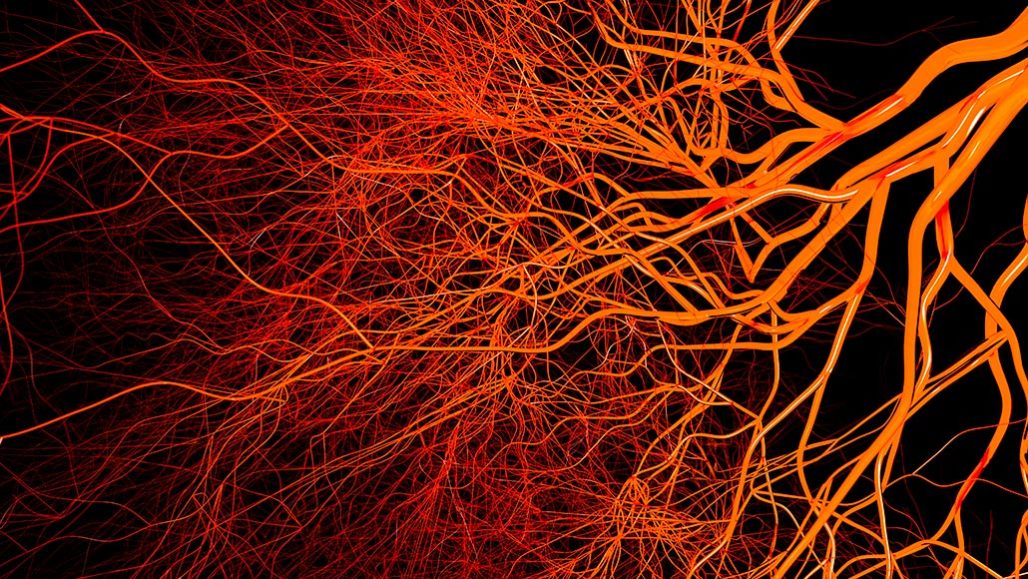
Nanoparticles cruising through blood vessels (illustrated) may distract immune cells from harming the brain after an injury, a study in mice suggests. Injecting a swarm of nanoparticles into the blood of someone who has suffered a brain injury may one day help to limit the damage - if experimental results in mice can be translated to humans. In mice, these nanoparticles seemed to reduce dangerous swelling by distracting immune cells from rushing to an injured brain.
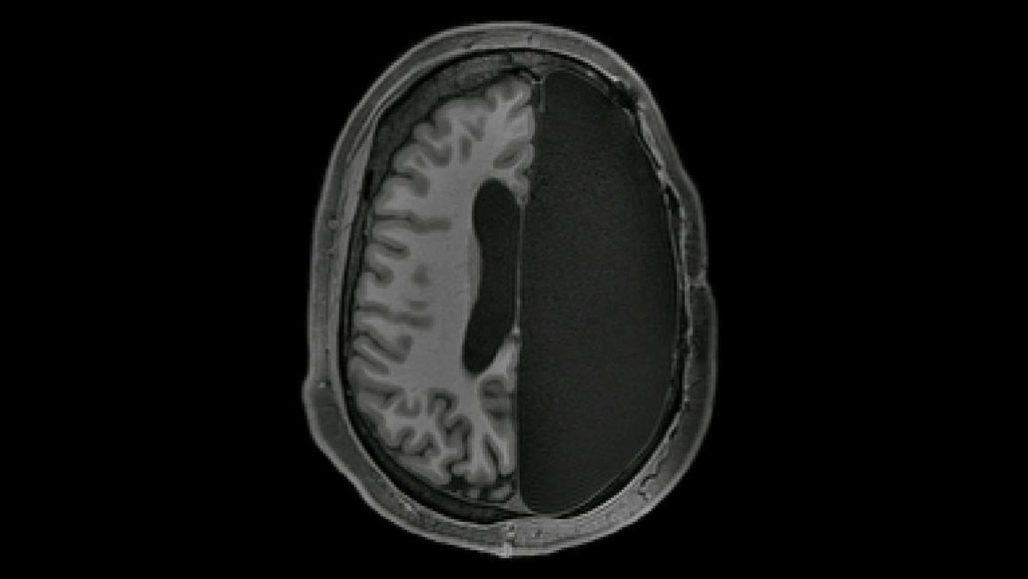
Half of a brain can do a full-time job.Despite having only half of a brain, certain neural connections appear to be stronger than those in a fully intact brain, a new study suggests.
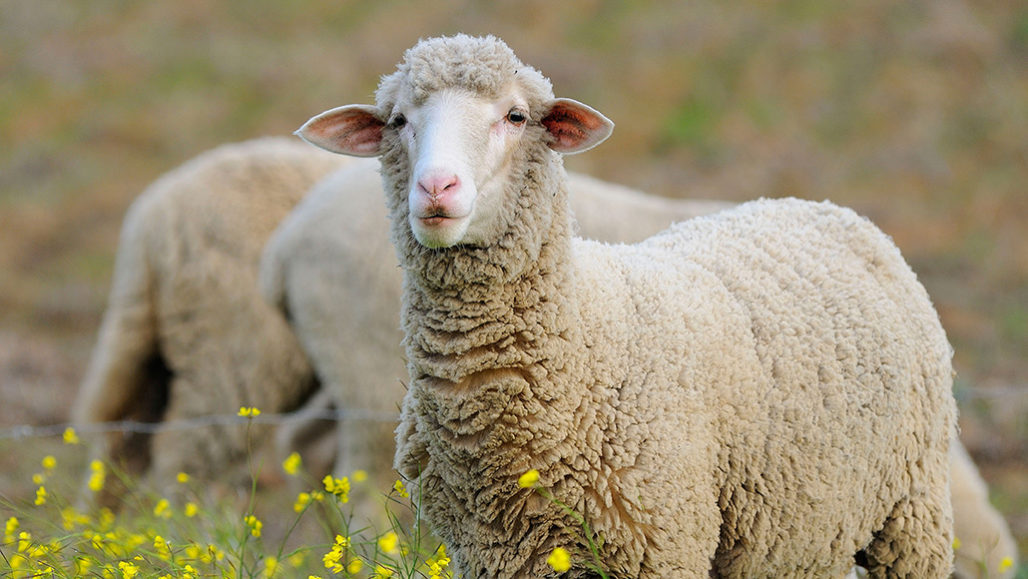
Brain waves common during sleep also show up in awake sheep.Sleeping sheep have brain bursts called spindles that, in people, are thought to help solidify memories. Spindles also flicker in the brains of awake sheep, a new study finds.

Psilocybin may help cancer patients with depression and anxiety for years.A study hints that a hallucinogen could reshape how people cope with hard diagnoses.
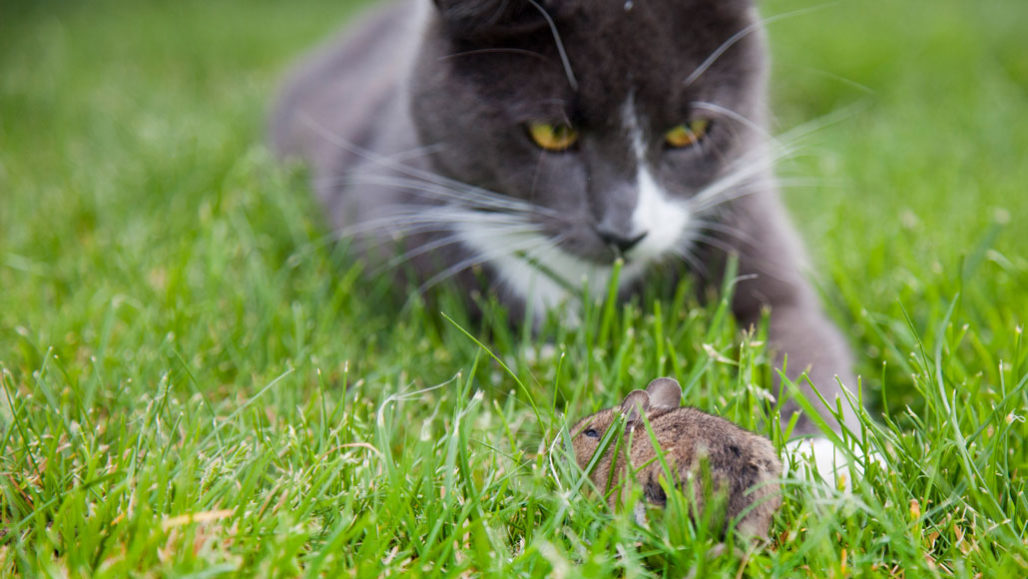
A parasite that makes mice unafraid of cats may quash other fears too.Toxoplasma gondii can mess with all sorts of mice behaviors, a new study shows.
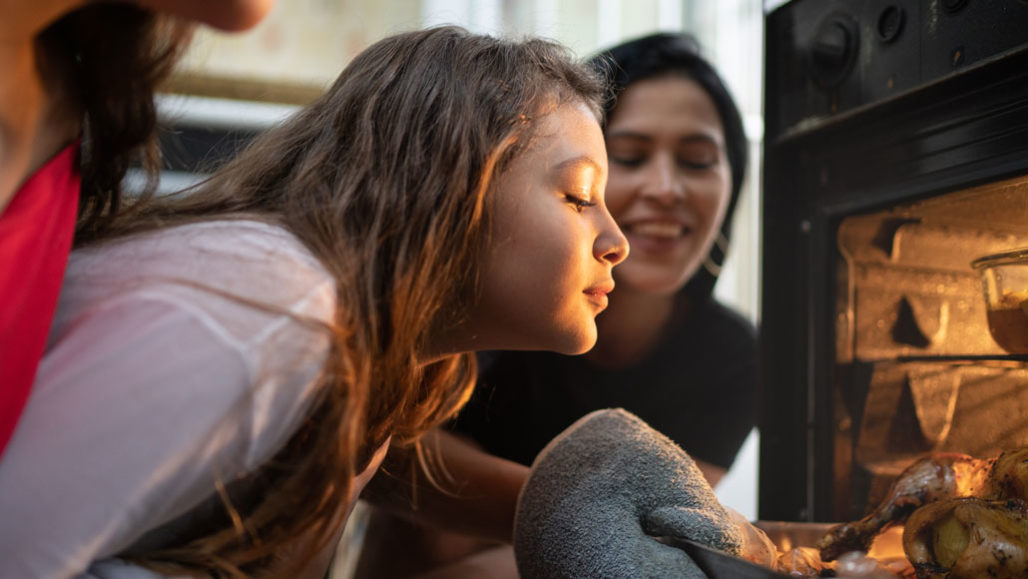
People who lack olfactory bulbs shouldn't be able to smell. But some women can.Some people can smell even though they appear to lack certain structures in the brain thought to be crucial to processing olfactory information, a study finds.
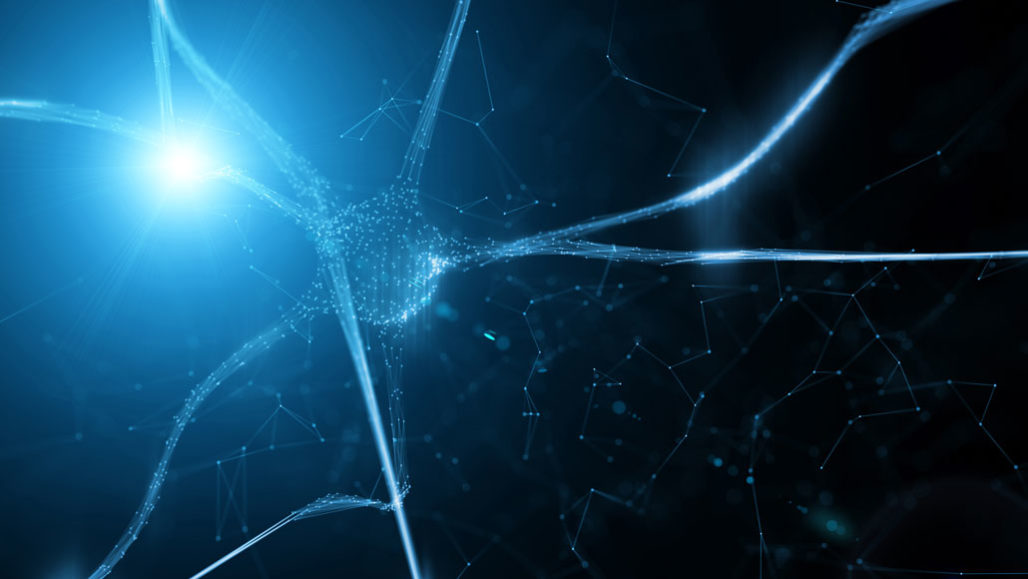
Light from outside the brain can turn on nerve cells in monkey brains.An extra-sensitive molecule made nerve cells respond to dim light
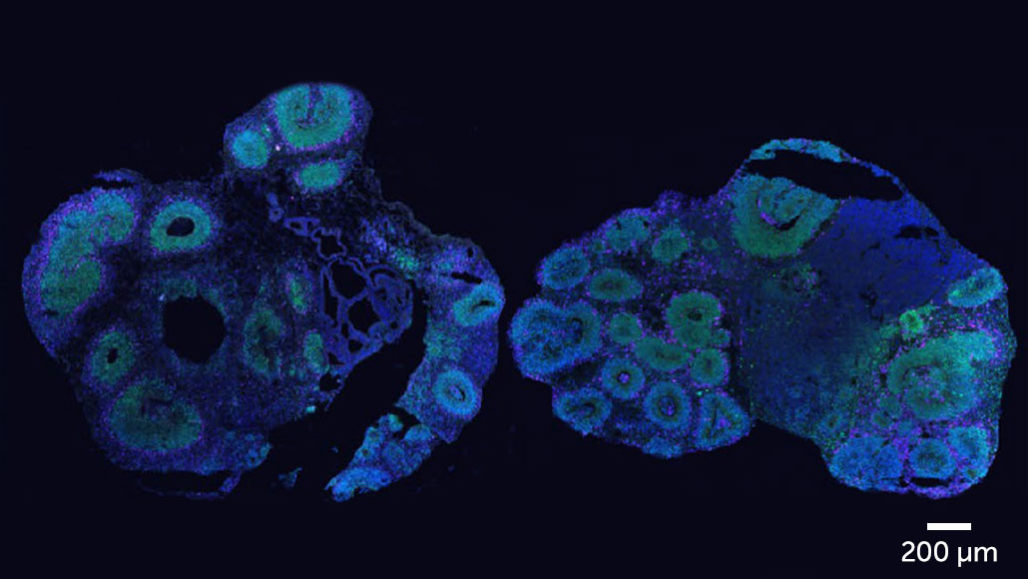
Organoids offer clues to how brains are made in humans and chimpanzees.Brainlike clumps of cells reveal similarities and differences among primate brain development.
"